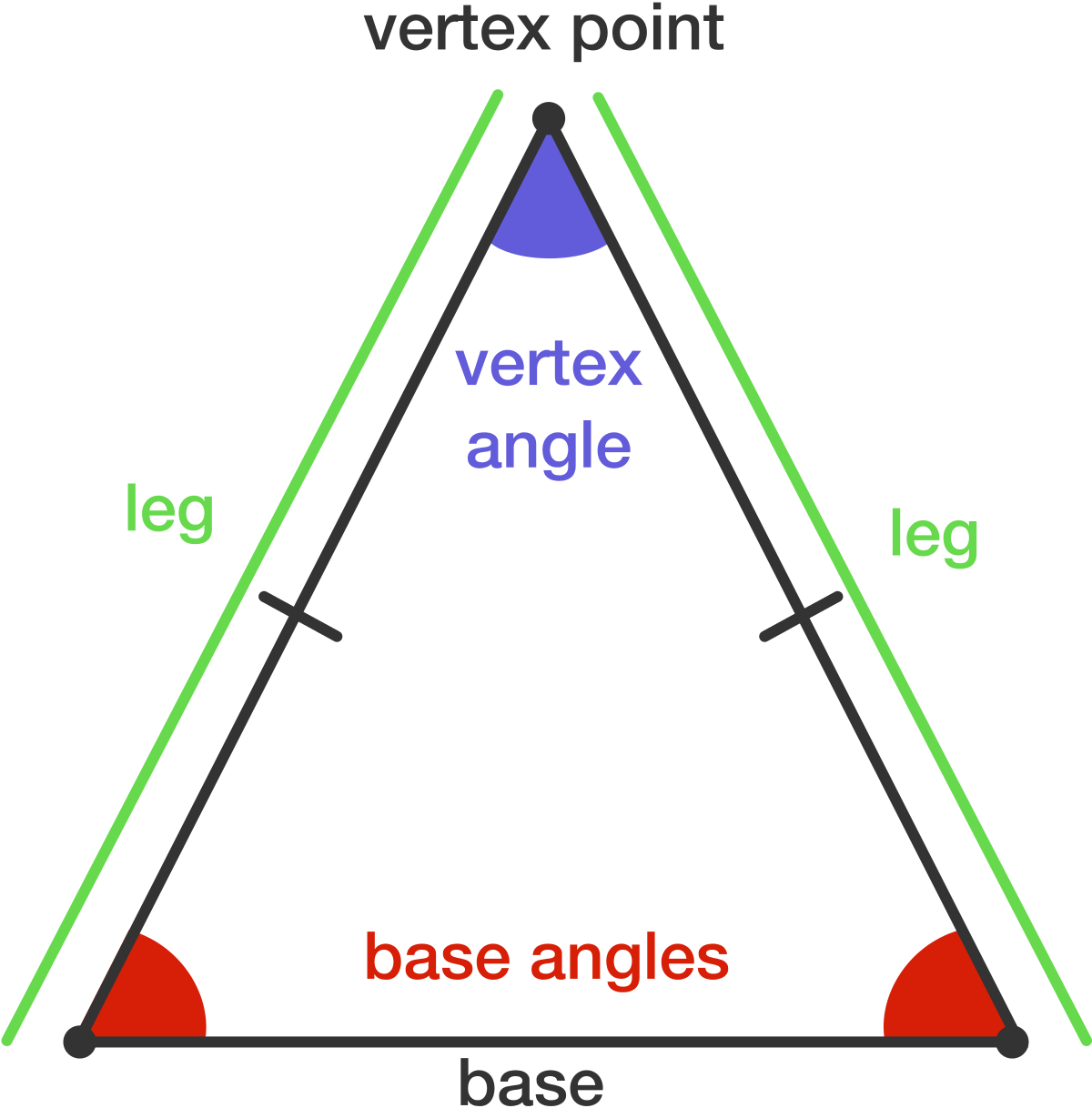

Williams M (2012b) 3D and multiformat microphone array design for the GOArt project. Paper 8601 presented at the 132nd audio engineering society convention, Budapest, April 2012a

Williams M (2012a) Microphone array design for localization with elevation cues.

Paper 7480 presented at the 124th audio engineering society convention, Amsterdam, May 2008 Williams M (2008) Migration of 5.0 multichannel microphone array design to higher order MMAD (6.0, 7.0 & 8.0) with or without the inter-format compatibility criteria. Paper 7057 presented at the 122nd audio engineering society convention, Vienna, 2007 Williams M (2007) Magic arrays, multichannel microphone array design applied to multi- format compatibility. Paper 6373 presented at the 118th audio engineering society convention, Barcelona, May 2005 Williams M (2005) The whys and wherefores of microphone array crosstalk in multichannel microphone array design. Williams M (2004) Microphone arrays for stereo and multichannel sound recording (vol I) Il Rostro, Milan (see Williams’ most elaborate microphone arrays are comprised of up to 19 capsules and are compatible from 2-channel stereo via surround to various 3D audio arrangements. After examining diverse versions of the Williams’ M.A.G.I.C 3D microphone array we proceed to his last proposal, the MMAD 3D (3D Multichannel Microphone Array Design, now called “The Williams Tree”), which includes ETO (Electronic Time Offset) between the Height Array and the Main Array in order to steer the segment coverage angle in a desired direction, thereby obtaining perfect critical linking between the various parts of the system. For his “Comfort 3D” array, a bottom layer of microphones is also added for an accurate, almost complete ‘spherical’ sound reproduction. Williams’ ‘Isosceles’ triangle structures of microphone arrangements are presented in detail, which allow for correct localisation, based on time-of-arrival differences between microphones of the main and height layer. main layer) a ‘height array’ and zenith microphone are used for the upper hemisphere. In addition to the resulting ‘surround sound array’ (i.e. Based on his research on SRA (Stereophonic Recording Angle) for microphones with various directivities he divides the horizontal plane into segments with appropriate recording angle. Based on several decades of experience in sound-engineering and in the demand for an optimized 3D audio recording and reproduction system, Michael Williams has arrived at designing univalent microphone/loudspeaker systems: each loudspeaker receives a signal from one microphone only.


 0 kommentar(er)
0 kommentar(er)
